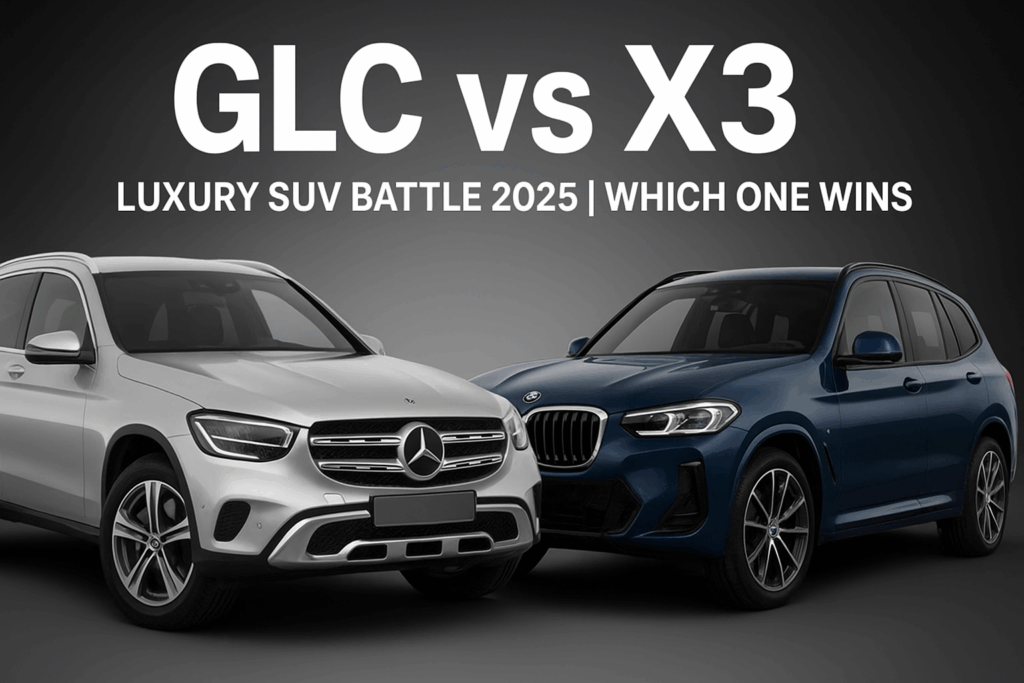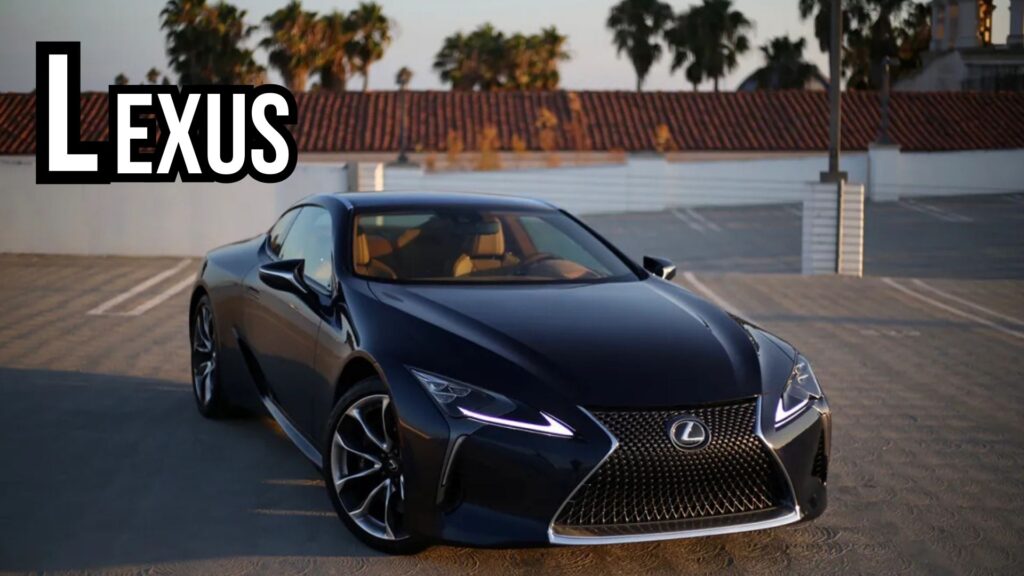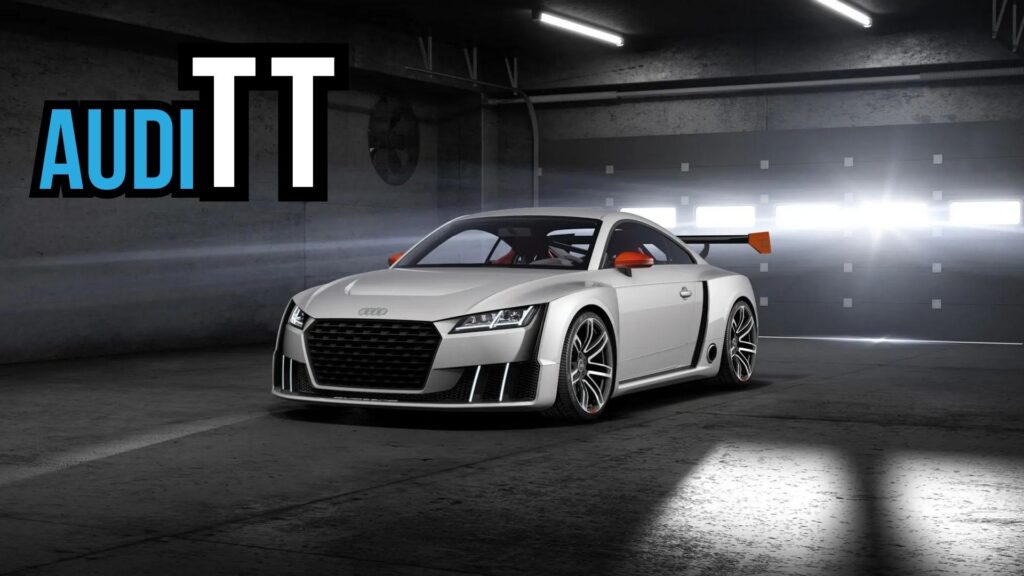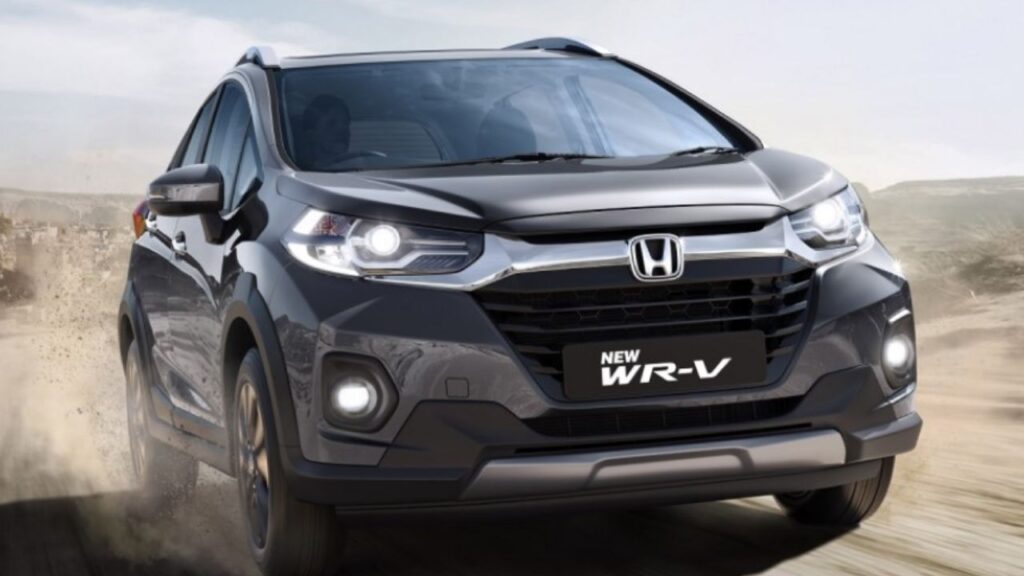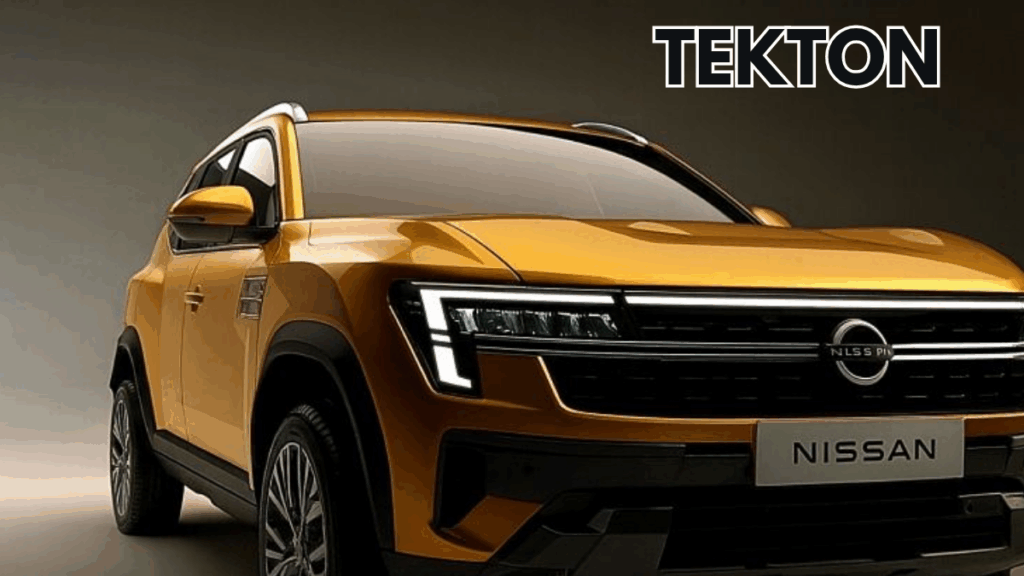The rivalry between Mercedes-Benz and BMW has always been one of the most compelling in the automotive world. From sedans to SUVs, both brands have fiercely contested nearly every segment. Now, with the new-generation BMW X3 taking on the Mercedes GLC, the stage is set for yet another thrilling comparison.
The GLC has been Mercedes’ best-selling SUV globally, known for its refined luxury and comfort. Meanwhile, BMW has launched a larger, bolder X3 that brings a more aggressive design and cutting-edge technology. Let’s dive deep into how these two German powerhouses stack up in design, comfort, performance, and value.
Quick Summary Table
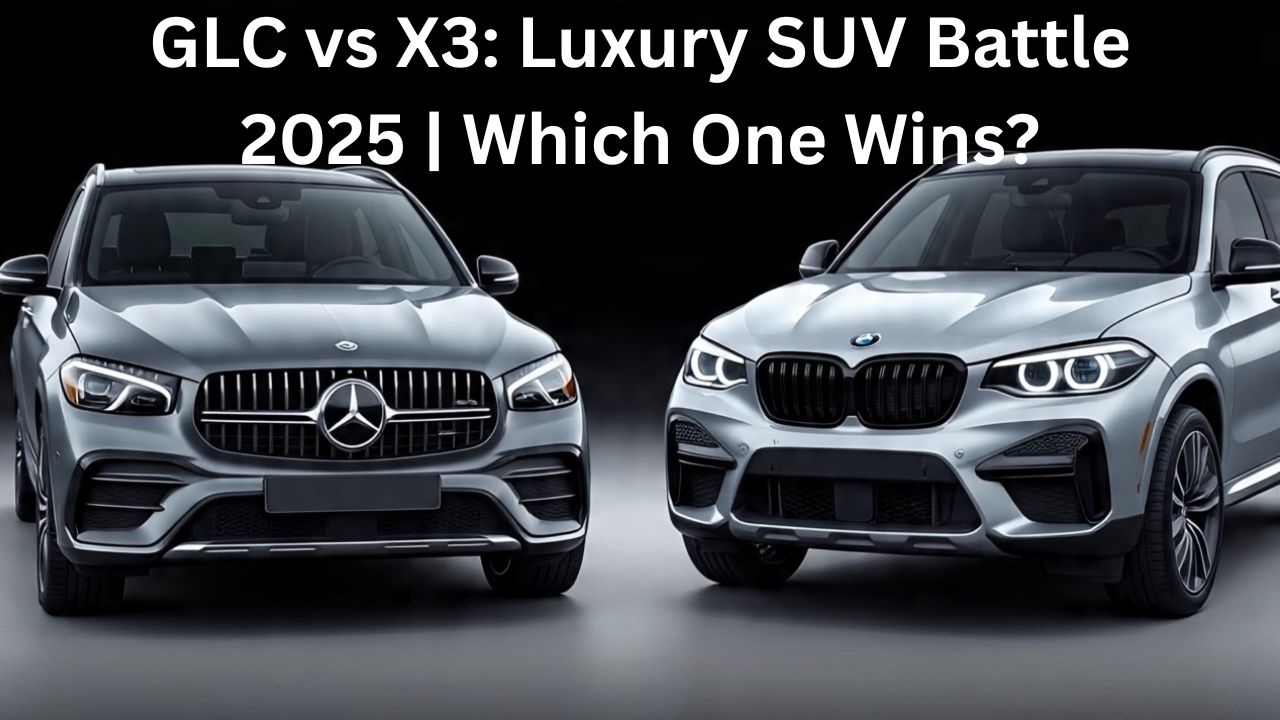
Aspect |
Mercedes GLC 300 4Matic |
BMW X3 xDrive 20 M Sport |
|---|---|---|
Design |
Elegant and curvy |
Bold and upright |
Interior |
Luxurious and plush |
Sporty and modern |
Performance |
Faster and more powerful |
Engaging but less punchy |
Comfort |
Superior ride comfort |
Sharper handling |
Price |
₹75.30 lakh |
₹75.80 lakh |
Verdict |
Winner – Best Overall Luxury SUV |
Official Site Links:
Exterior Design and Dimensions
Both SUVs exude premium appeal but in very different ways. The BMW X3 adopts a bolder stance, standing taller and wider than the GLC. It features a signature kidney grille with a backlit surround, sleek adaptive LED headlights, and sharp lines that emphasize its muscular profile.
The Mercedes GLC, in contrast, maintains its elegant curves, chrome detailing, and smooth proportions that give it a more refined and sophisticated persona. The tapering roofline on the GLC lends it a sporty-coupé silhouette, while the X3’s upright stance offers a more rugged SUV appeal.
Specification |
Mercedes GLC 300 4Matic |
BMW X3 xDrive 20 M Sport |
|---|---|---|
Length |
4716 mm |
4755 mm |
Width |
1890 mm |
1920 mm |
Height |
1640 mm |
1660 mm |
Wheelbase |
2888 mm |
2865 mm |
Boot Capacity |
640 litres |
570 litres |
The X3 stands taller and longer, giving it more road presence, while the GLC looks sleeker and more aerodynamic.
Interior Comfort and Design
Inside, both SUVs represent their brands’ philosophies perfectly.
The BMW X3 interior follows a minimalist and sporty approach. It features a curved glass display combining the 12.3-inch digital cluster and 14.9-inch infotainment screen. The dash uses eco-friendly recycled materials, though the textured finish may not please all. Ambient crystal lighting enhances the atmosphere, while the sport seats offer superior lateral and thigh support.
The Mercedes GLC interior, on the other hand, is a masterclass in elegance. The 11.9-inch portrait-style touchscreen dominates the dashboard, complemented by real wood and brushed metal accents. Material quality is top-notch, giving the GLC a richer, more luxurious ambiance.
In terms of comfort, the BMW seats provide better lumbar and side support, ideal for long drives. However, the GLC counters with heated and ventilated front seats and “seat kinetics,” which reduce fatigue over extended journeys.
Both SUVs offer ample space in the second row, though the GLC’s longer wheelbase translates to slightly better legroom. The X3’s seats, however, provide better under-thigh support. Neither model offers a reclinable backrest, and the middle passenger in both has to deal with a large transmission tunnel.
Technology and Features
Both SUVs are packed with advanced features, but their approaches differ.
The Mercedes GLC uses the MBUX infotainment system, which is extremely user-friendly with clearly labeled on-screen controls. It even includes a unique transparent bonnet view for off-road driving. The BMW X3’s iDrive 8 system is feature-rich but can feel over-engineered, with smaller icons and multiple touch layers for basic functions.
Feature Comparison |
Mercedes GLC |
BMW X3 |
|---|---|---|
Head-up Display |
Yes |
Yes |
Wireless Android Auto & Apple CarPlay |
Yes |
Yes |
Panoramic Sunroof |
Split-opening |
Fixed glass |
Ventilated & Heated Seats |
Yes |
Ventilated only |
Adaptive Suspension |
No |
Yes |
ADAS |
Yes |
Yes |
Airbags |
10 |
8 |
Off-Road Mode |
Yes |
No |
The GLC feels more intuitive and luxurious, while the X3 offers slightly more driver-focused technology such as adaptive suspension and sportier configurations.
Performance and Driving Experience
Under the hood, both SUVs are powered by 2.0-litre turbo-petrol engines, paired with mild-hybrid 48V systems. However, the GLC’s engine generates 258hp and 400Nm, whereas the BMW X3 produces 190hp and 310Nm.
This gives the GLC a clear advantage in outright performance, accelerating from 0–100 km/h in just 6.9 seconds, compared to the X3’s 8.6 seconds.
Despite this, the BMW X3 offers a more connected driving feel. Its adaptive dampers and sharp steering deliver superior control through corners, especially in Sport mode. Meanwhile, the GLC prioritizes comfort with a softer suspension setup that easily absorbs rough patches and bumps, making it the better choice for city and highway cruising.
Ride Comfort and Handling
Both SUVs balance comfort and agility well, but their personalities differ. The Mercedes GLC excels in low-speed comfort and overall refinement. Road noise is minimal, and the suspension isolates occupants from harsh surfaces effectively.
The BMW X3, while firmer, rewards spirited drivers with excellent stability and flatter cornering manners. Adaptive suspension allows you to fine-tune the ride between comfort and sportiness.
If comfort is your top priority, the GLC edges ahead. For those who enjoy enthusiastic driving, the X3 provides more engagement.
Price and Verdict
Model |
Ex-Showroom Price (Approx.) |
|---|---|
Mercedes-Benz GLC 300 4Matic |
₹75.30 lakh |
BMW X3 xDrive 20 M Sport |
₹75.80 lakh |
With just a ₹50,000 difference, both SUVs are evenly matched in pricing.
The BMW X3 appeals to drivers who want sportier handling, a tech-heavy interior, and a bold presence. However, the Mercedes GLC wins this comparison for most luxury SUV buyers. It offers superior refinement, a richer cabin experience, better performance, and a more compliant ride.
Verdict: The Mercedes GLC takes the crown for its perfect blend of luxury, comfort, and power, making it the smarter all-rounder.
FAQs
Q1: Which SUV has better performance – the GLC or X3?
A: The Mercedes GLC offers more power and quicker acceleration, making it the better performer overall.
Q2: Which SUV is more comfortable for daily driving?
A: The GLC provides a smoother and more comfortable ride, especially on rough roads.
Q3: Does the BMW X3 have adaptive suspension?
A: Yes, the BMW X3 features adaptive suspension for better handling dynamics.
Q4: Which model offers better fuel efficiency?
A: Both have similar efficiency figures due to their 48V mild-hybrid systems, though the X3 may be slightly more frugal.
Q5: Which SUV is better value for money?
A: Considering features, luxury, and performance, the Mercedes GLC offers slightly better value for money.
For More Information Click HERE
